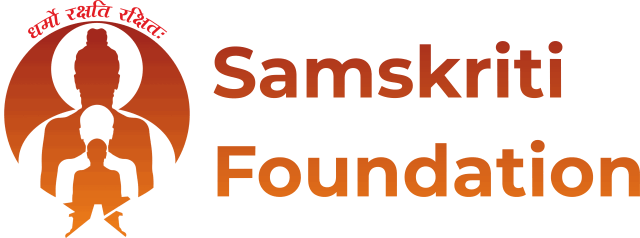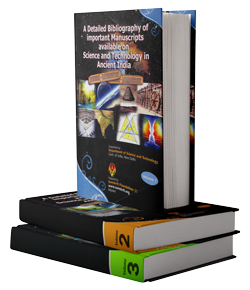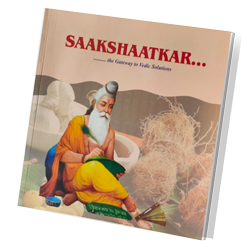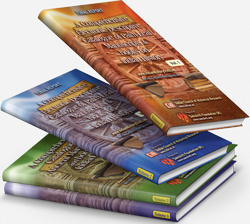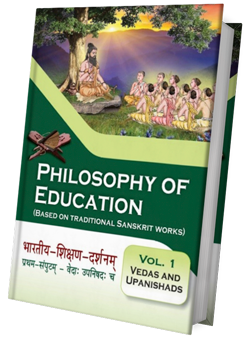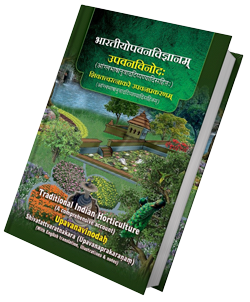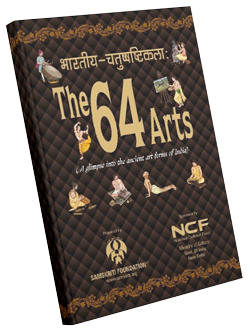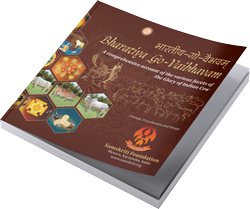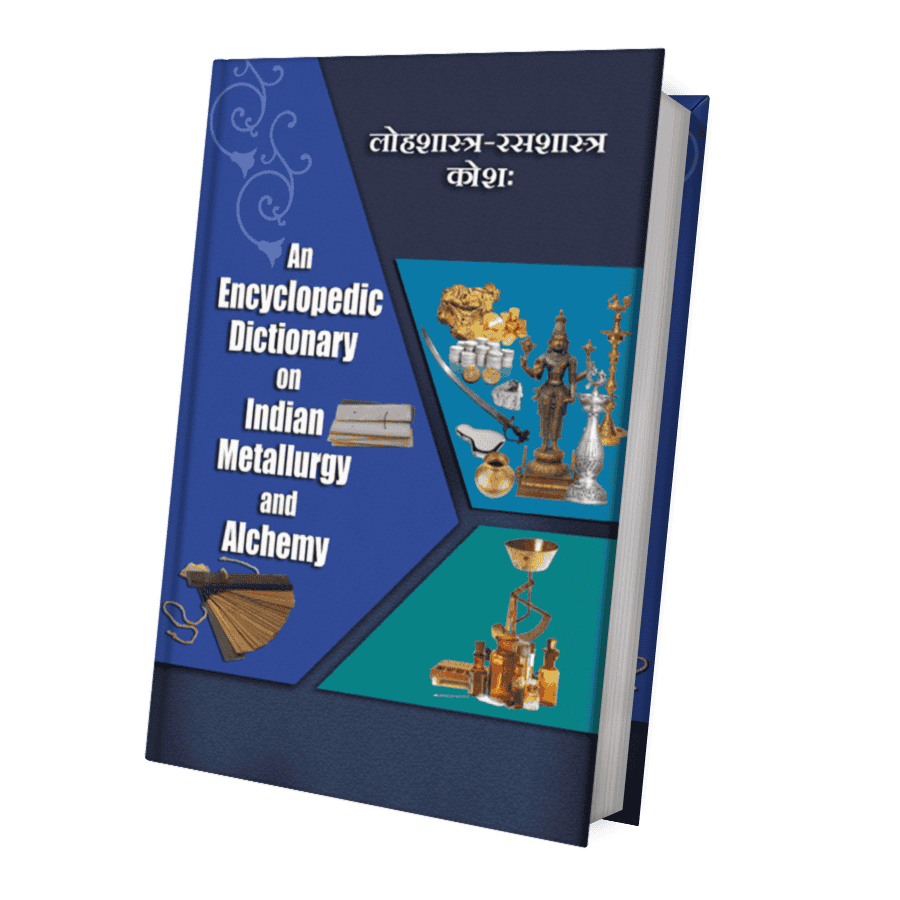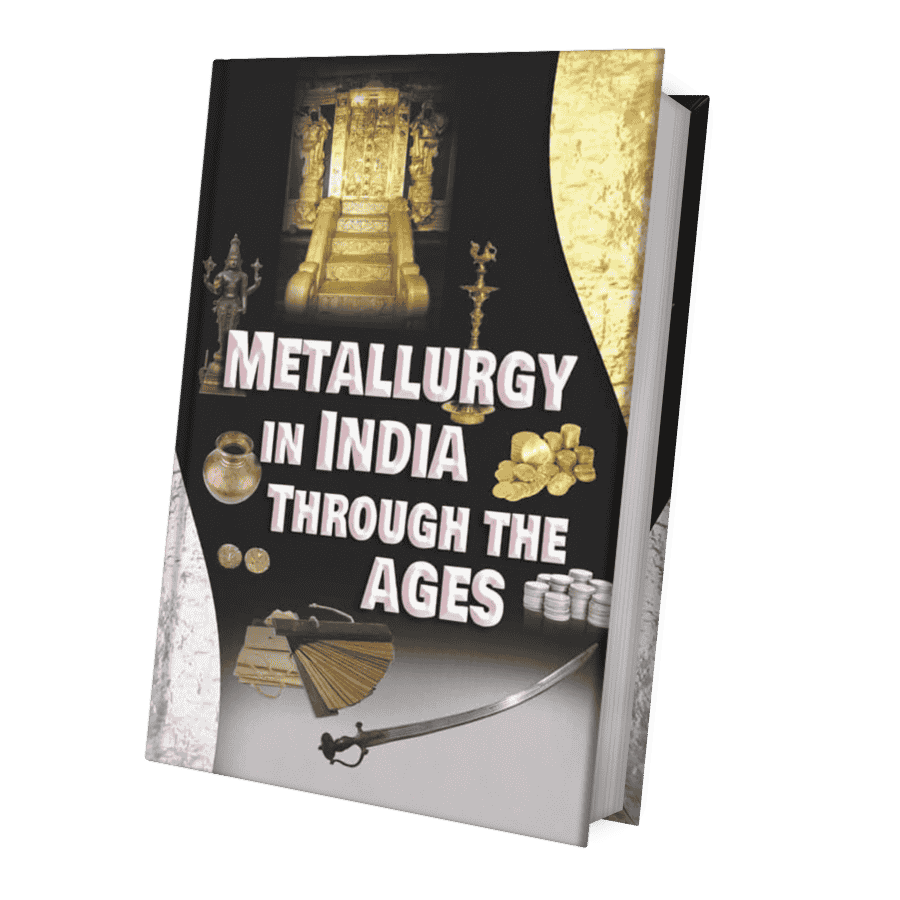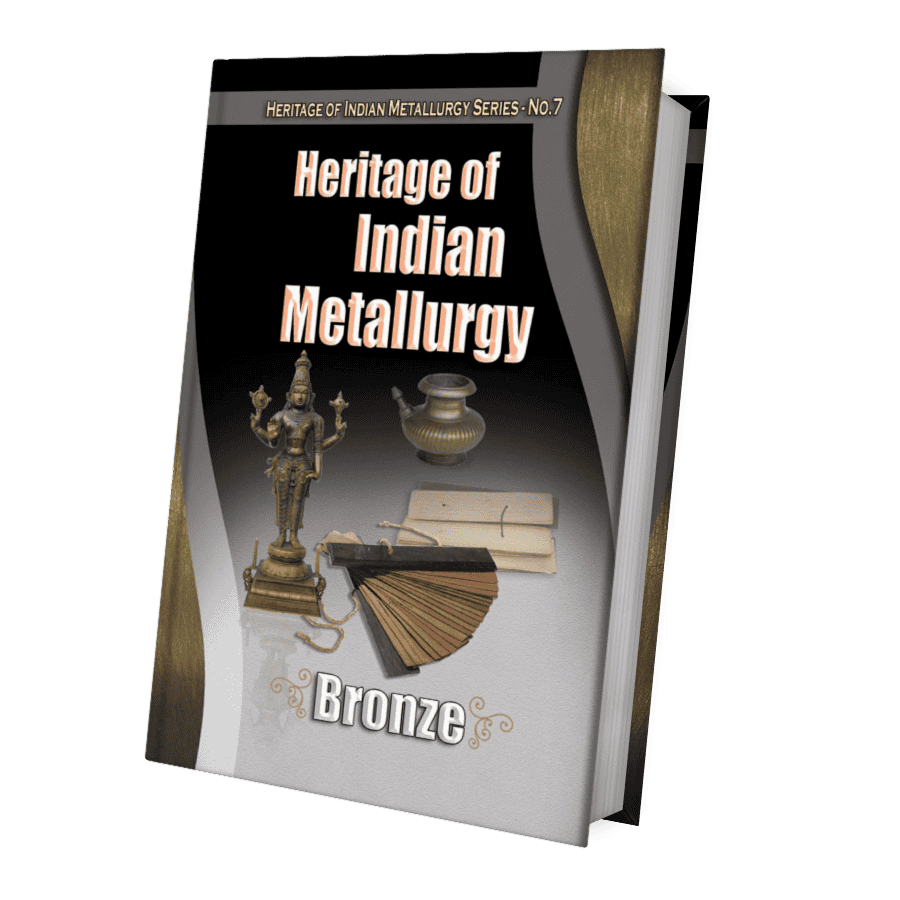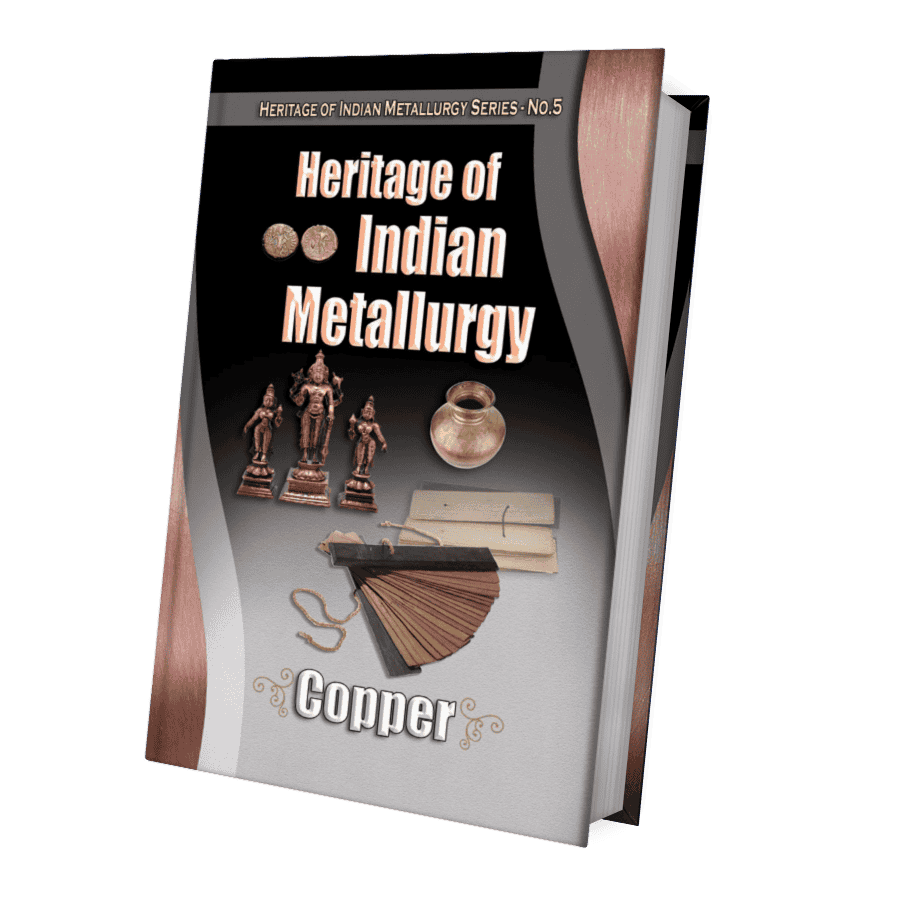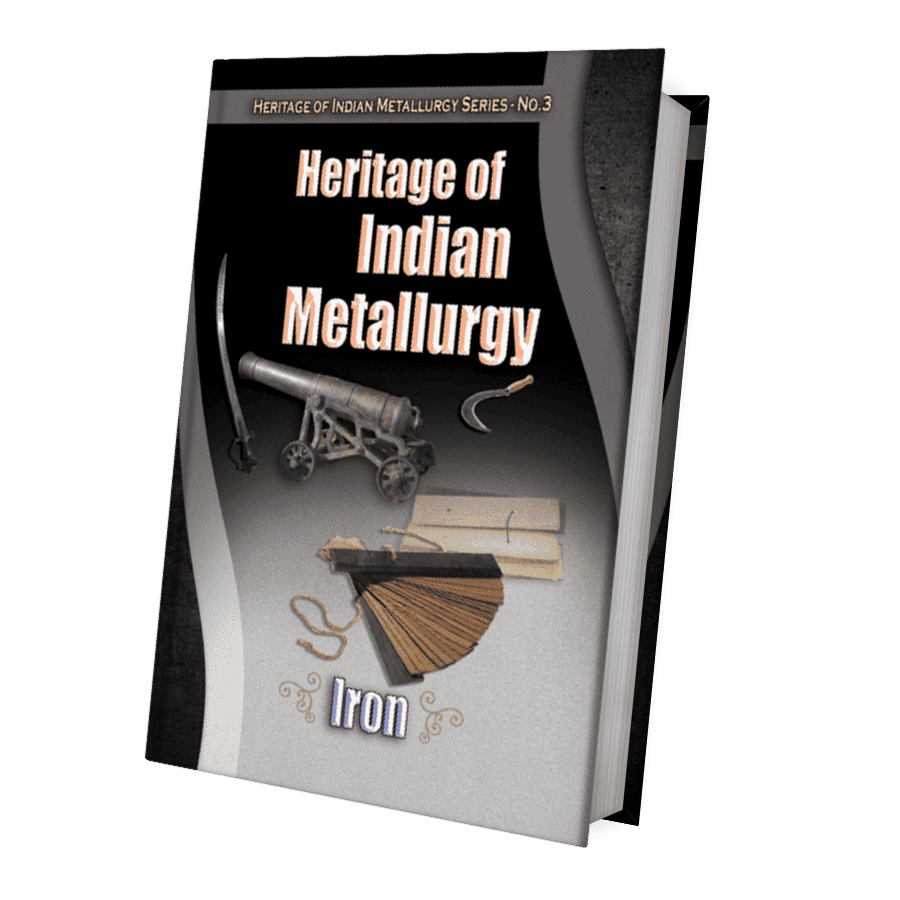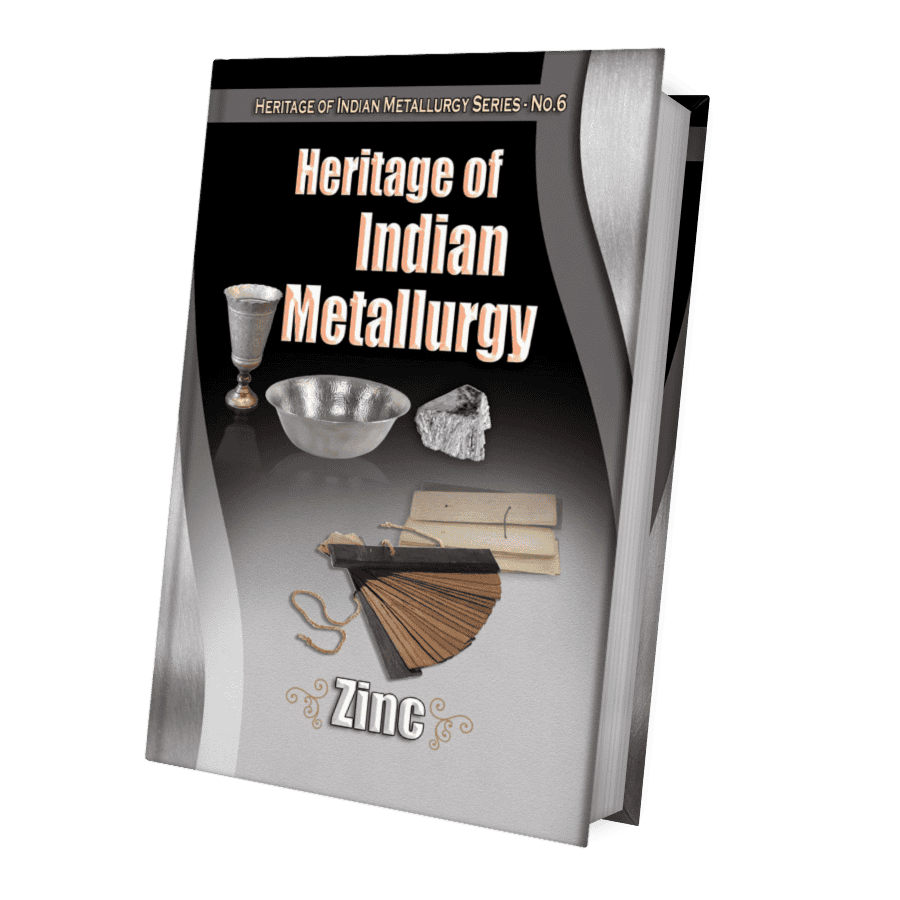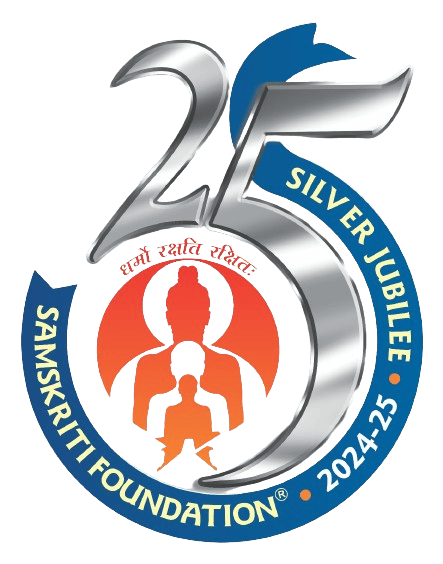Areas of Research
Special Contributions to the Field of Trans-Disciplinary and Multi-Disciplinary Research working for the last several years on developing Indigenous Science & Technology pertaining to various contemporarily relevant fields associated with the following fields of Science, based on the knowledge available in the ancient palm leaf manuscripts mentioned above, with the specific aim to showcase the contemporary relevance of the information housed in these manuscripts:
1. Computer Science
a. Natural Language Processing (based on inputs available in Indian Philosophical systems)
b. Speech Synthesis and Speech Recognition (based on Paninian Systems of Phonetics)
c. Indian Cryptographic System (based on inputs available in Mantra shastra and other shastras)
d. Artificial Cognition and related aspects
2. Mechanical Sciences
a. Preparation of Alloys based on inputs available in Sanskrit works of Alchemy
b. Preparation of Metallic substances and Nano particles based on Sanskrit works
c. Preparation of bricks, mortar, paints, wether-proof materials etc that is environment-friendly without undue exploitation of natural resources, and also long lasting.
d. Preparation of organic scents, perfumes and fragrances having preventive and curative properties.
3. Behavioural Sciences / Health Sciences
a. The rasa theory and its impact on the human psyche.
b. Significance of certain Traditional practices and their utility in prevention and cure of mental and physical diseases by inducing correct behaviour.
c. Nadi Vijnana and impact on the Human being.
d. Usage of mechanized Nadi Vijnana for diagnostic purposes.
4. Food and Nutrition
a. Preparation of Neutra-ceuticals and Ayur-ceuticals.
b. Preparation of Organic foods.
c. Preparation of Medicated water.
d. Preparation of specific dishes (using organic substances) for the purpose of curing certain diseases and medical conditions.
e. Water purification.
f. Other such items.
5. Environmental Sciences
a. Steps to be taken for protection of Environment.
b. Water conservation and Water management.
c. Specific methods of planting certain designated trees etc not only for the protection of environment, but also to generate specific types of atmospheres for specific purposes.
d. Other such aspects.
Research Projects
1. A Detailed Bibliography of Important Manuscripts available on Science and Technology in Ancient India
The scientific heritage of India has been remarkably prolific, with a vast collection of manuscripts that is among the largest of any civilization in the world. However, the exact number of these manuscripts remains uncertain due to the lack of precise enumeration.
Estimates range widely, suggesting a figure anywhere between 20,000 to 100,000 manuscripts. Regrettably, there is currently a dearth of detailed and accurate data regarding the precise number, extent, and distribution of these scientific manuscripts within India.
2. Saakshaatkar
The Gateway to Vedic Solutions
In the past, despite the widespread acknowledgment of traditional Indians’ expertise in various scientific fields, there was no organized effort to systematically compile and document their contributions to subjects like Physics and mathematics.
This book fills that void by offering a concise yet comprehensive overview of the topic. With 30 colorful chapters, it presents a remarkable summary of the subject, leaving ample room for further research with an open-minded approach to validate the theories and solutions found in traditional Sanskrit works.
Esteemed scholars have praised this pioneering work, making it a unique and valuable documentation of the Indian Knowledge Systems’ contributions to contemporary science and technology.
3. Comprehensive Bibliography of Sanskrit Manuscripts Dealing with Science and Technology:
The scientific heritage of India has been remarkably prolific, with a vast collection of manuscripts that is among the largest of any civilization in the world. However, the exact number of these manuscripts remains uncertain due to the lack of precise enumeration.
Estimates range widely, suggesting a figure anywhere between 20,000 to 100,000 manuscripts. Regrettably, there is currently a dearth of detailed and accurate data regarding the precise number, extent, and distribution of these scientific manuscripts within India.
4. Philosophy of Education – Bhāratīya-śikṣaṇa-darśanaṁ
(Based on Traditional Sanskrit Works)
Vol 1- Vedas and Upanishads
The book “Philosophy of Education: Bhāratīya-śikṣaṇa-darśanaṁ- Volume I” presents a profound exploration of the wisdom contained in the Vedas and Upaniṣads and its relevance to education. By delving into these ancient texts, the book aims to bridge the gap between Western-oriented educational philosophies and the indigenous educational needs of India.
It offers a comprehensive framework that aligns with the Indian viewpoint on education, encompassing topics such as knowledge, self-realization, ethics, and holistic growth. This valuable contribution provides educators and students with profound insights and guidance, inviting a paradigm shift in the way education is approached in India.
The compilation of the insights from the Vedas and Upaniṣads in this book represents a culmination of rigorous research, scholarly expertise, and deep understanding. It serves as an invaluable resource for those interested in exploring the rich heritage of Vedic and classical Sanskrit literature and its profound implications for education.
By presenting these insights, the Samskriti Foundation aims to contribute to a broader understanding of the philosophy of education and inspire further scholarly discussions and inquiries in this field. The book’s comprehensive nature and scholarly approach make it a significant reference and a catalyst for the integration of culturally relevant educational philosophies in the Indian context.
5. Traditional Indian Horticulture
(A comprehensive account) Bhāratīya Upavāna Vijn’yānam Upavanavinodah Shivatattvaratnakara (Upavanaprakaranam)
(With English translation, illustrations & notes)
In today’s context, the book “Bhāratīya Upavāna Vijn’yānam” holds significant importance as it uncovers the wisdom found in ancient texts like Upavanavinōda and Śivatatva ratnākara. These texts provide valuable insights into horticultural practices in ancient, medieval, and modern India.
By exploring the teachings of Upavanavinōda, the book offers valuable knowledge on soil selection, plant classification, and the intricate relationship between plants and their environment. This understanding is crucial for promoting sustainable practices and environmental conservation in contemporary horticulture. By learning from traditional methods of nourishing plants and taking care of them, modern practitioners can improve the sustainability and productivity of their horticultural endeavors, drawing from the timeless wisdom encapsulated in Upavanavinōda.
“Bhāratīya Upavāna Vijn’yānam” delves into the insights provided by Śivatatva ratnākara, shedding light on plant diseases and the use of fertilizers. These aspects hold immense relevance in modern horticulture, especially with growing concerns about the impact of chemical inputs on human health and the environment. The book explores natural remedies and organic approaches to tackle plant diseases, emphasizing the importance of sustainable and eco-friendly practices.
It also promotes the use of plant-based treatments and sustainable fertilization methods, encouraging practitioners to adopt approaches that are healthier for both the environment and consumers. By drawing from the teachings of Śivatatva ratnākara, the book equips horticulturists with valuable knowledge that can help them navigate the challenges of plant health and fertility in a more sustainable and responsible manner.
6. Bharatiya-Catuhshashtikalaah: The 64 Arts
(A glimpse into the ancient art forms of India)
For centuries, Indian art has been a beacon of creativity and cultural diversity, serving as a custodian of ancient traditions and societal values. It encompasses a wide spectrum of art forms, including dance, music, literature, and architecture, each reflecting the vibrant heritage and profound history of India.
These art forms transcend borders and languages, acting as a universal language that connects people across time and space, inspiring countless generations. However, with the advent of modernization, some of these traditional arts have experienced a decline. Fortunately, there is now a renewed interest in reviving and preserving them, ensuring that future generations can appreciate and cherish this invaluable cultural legacy.
The legend of Lord Krishna’s mastery of the 64 arts stands as evidence to the significance of education and knowledge in Indian culture. It highlights the importance of nurturing exceptional talents and cultivating them to their fullest potential. The Samskrithi Foundation plays a pivotal role in this endeavour, with its emphasis on research and documentation.
Through meticulous study of ancient texts and collaborations with renowned scholars and artists, the foundation has unearthed valuable insights into these art forms and their historical significance. The 64 Arts represent an integral part of Indian culture, offering a comprehensive understanding of the world and its diverse dimensions.
As there is a growing interest in rediscovering and practicing these age-old arts, we have an extraordinary opportunity to reconnect with our cultural heritage, delve deeper into our own identities, and safeguard the preservation of this invaluable legacy for generations to come.
7. Bharatiya Go-Vaibhavam
“Go-Vaibhavam” is an enthralling book that delves into the profound role of cows in the cultural landscape of Bhārat (India), highlighting their significance in spirituality, agriculture, healthcare, and social harmony. It explores the revered status of cows, depicting them as symbols of purity and divinity in Bhāratiya culture.
Through captivating stories and insightful research, the book deepens our understanding of cows’ importance, inspiring a reconnection with our cultural heritage. It emphasizes the contributions of cows to sustainable practices and encourages respect for the natural world, making it a compelling resource for individuals seeking a holistic and sustainable way of life.
The cultural and spiritual significance of cows is illuminated in “Go-Vaibhavam,” where they are portrayed as gentle and nurturing beings embodying divine qualities. The book emphasizes the cow’s revered position in Bhārat’s cultural landscape and its embodiment of selflessness, compassion, and fertility. It explores the spiritual connection between humans, animals, and the natural world, promoting a sense of harmony and interconnectedness.
Moreover, the book sheds light on the economic contributions of cows, particularly in agriculture and dairy production, highlighting the potential for sustainable practices and economic growth. By offering a comprehensive understanding of cows’ significance, “Go-Vaibhavam” invites readers to appreciate and protect these revered animals, fostering a more compassionate and sustainable future for Bhārat and beyond.
Heritage of Indian Metallurgy
1. An Encyclopedic Dictionary on Indian Metallurgy and Alchemy
The encyclopaedic dictionary that is proposed to be brought out shall serve as a very effective tool in interpreting traditional Sanskrit texts on Metallurgy and apply them in today’s context, while the catalogue of ancient manuscripts and books shall give comprehensive information about the extent and extant of the wonderful literature and in-depth knowledge our predecessors possessed in the field of Metallurgy.
2. Metallurgy in India Through the Ages
India was at the forefront of metallurgical technology until as recently as the late 18th century. However, later, due to the advent of the colonial era and such other factors, India lost its premier position in this field. The current project is a humble, but pioneering attempt at unearthing all the information about various aspects of Indian Metallurgy in a comprehensive manner and make it available to the modern world, and also explore options to revive the traditional metallurgical techniques based on their merit. This project includes the following three components that are aimed to fulfil the above objectives:
1. An application-oriented study of the History of metallurgy in India
2. A comprehensive Catalogue of ancient manuscripts & books on Metallurgy & Alchemy
3. An encyclopaedic dictionary on Indian Metallurgy & Alchemy.
The current series titled “Heritage of Indian Metallurgy Series” proposes to bring out several volumes in the form of detailed monographs on different individual traditional metals extensively used in India. It will be followed by an exhaustive Volume that shall cover all the general aspects of the heritage of Indian Metallurgy.
Thus the current project proposes to cover the topic of Metallurgy in India in a comprehensive manner that gives a complete and holistic view of this topic along with its contemporary relevance and possible applications.
3. Heritage of Indian Metallurgy – Gold
Out of all metals known to man in ancient times, gold was perhaps the first metal with which man became acquainted.
Indians had, and still continue to have, a great fascination for gold. Its special attributes, such as pleasing colour, excellent corrosion and oxidation resistance, its malleable and ductile qualities and its limited availability made it an ideal metal for ornaments, decoration, currency and the accumulation of wealth in ancient India.
These characteristics influenced the mind and heart of early Indians so deeply that they made it a symbol of sacredness.
4. Heritage of Indian Metallurgy – Silver
The Origin of noble metals such as Gold and Silver can be traced back to the Vedic times based on the literary evidences available. It is very difficult to bring them to a chronological order, since there is no significant effort in terms of practice has been carried out to corroborate the facts and evidences. If we want to ascertain the facts and understand the origin, it is better to divide the history of Indian mankind into four periods:
• The Vedic Period
• The Epic Period
• The Samhita Period
• The Medieval Period
5. Heritage of Indian Metallurgy- Bronze
Bell-metal is composed of four components of copper and one section of vanga, melted together. Bell-metal, accordingly prepared, is commendable in medicines.
Kamsya is another essential Misra Loha, an alloy of copper and tin recognized since the time of Samhita Kala. Charaka used this metal to concoct Vasti netra.
It is recognized as Bell Metal or Bronze. According to the descriptions given in Ayurveda Prakasha, there are two types of Kamsya viz. Pushpa and Tailika, only the former being suitable for therapeutic applications.
6. Heritage of Indian Metallurgy- Copper
In the monograph of Iron from the series “Metallurgical heritage of India” abundant evidence has been put forward to show that iron was known to the Aryan Hindus from the earliest Vedic times and as time went on, the Hindus perfected their metallurgical skill in working iron to such an extent that they produced the famous Delhi Pillar in the fifth century A.D, the gigantic beams of Orissa, the Dhar Pillar, the Mount Abu pillar and other notable iron monuments in later centuries.
During the Moghul rule India was still a rich iron producing country as could easily be learnt from the numerous wrought iron guns and cannon of enormous calibre still existing throughout India. India again undoubtedly produced the steel from which the famous Damascus blades were made in the Middle Ages.
7. Heritage of Indian Metallurgy- Iron
Iron is an important metal used in a wide range of fields such as construction, machines, electrical products, and agriculture and transportation equipment. The Iron age is a stage in the human history that witnessed the emergence of cities, urban societies, states and empires.
These historical events occurred upon various factors of human societies and physical environments, but it can be stated that iron played an important role not only as a useful tool but also a socio-cultural resource that facilitated societies to develop into more complex ones. Iron implements have greater strength than other materials contributing not only to the land developments but also to warfare in the human societies.
8. Heritage of Indian Metallurgy- Mercury
Mercury is a metal that has been of great alchemical importance in ancient times. Mercury is a volatile metal which is easily produced by heating cinnabar followed by downward distillation of the mercury vapour. Some of the earliest literary references to the use of mercury distillation comes from Indian treatises such as the Arthashastra of Kautilya dating from the late first millennium BC onwards.
In India, vermillion or cinnabar i.e. mercuric sulphide has had great ritual significance, typically having been used associated with Hinduism. Mercury was also at the heart many alchemical transmutation experiments in Indian alchemical texts which were precursors top the development of chemistry.
9. Heritage of Indian Metallurgy- Zinc
The Vedic literature has beautiful references of metals, for example, Satapatha Brahmana and Atharveda while dealing with immortality speak of gold, which has everlasting lustre and Soma a plant of exhilarating quality – which was also held in high esteem in the society. Such early references to metal are indicative of a long tradition of alchemy in India.
According to the Upnishadic doctrine the five elements (earth, water, fire, air and a ubiquitous all-pervading principle) give rise to or constitute the human body. The Ayurvedic Samhitas deal with the formation of human body and all related issues e.g., physical processes of digestion, disease and so on.
